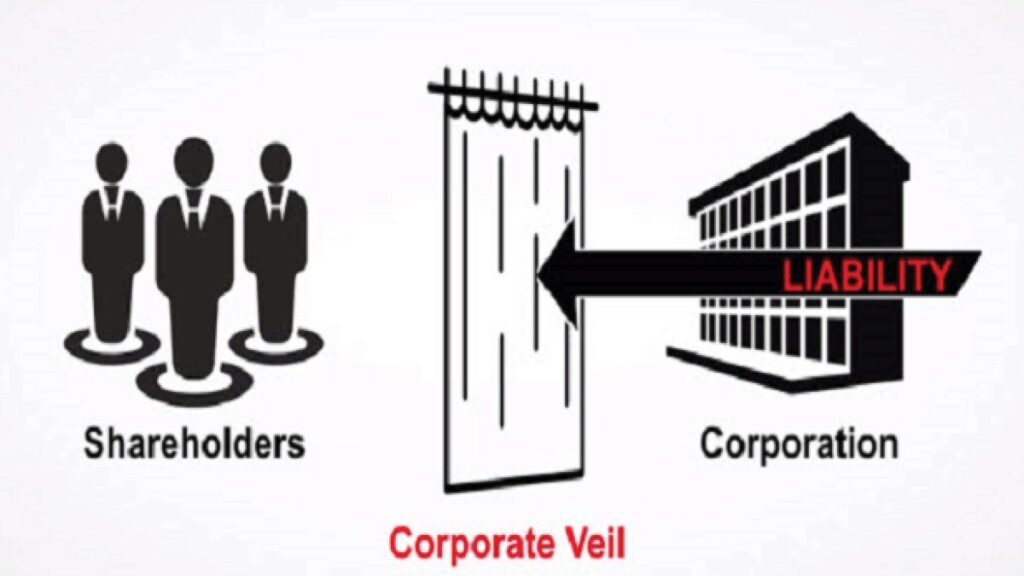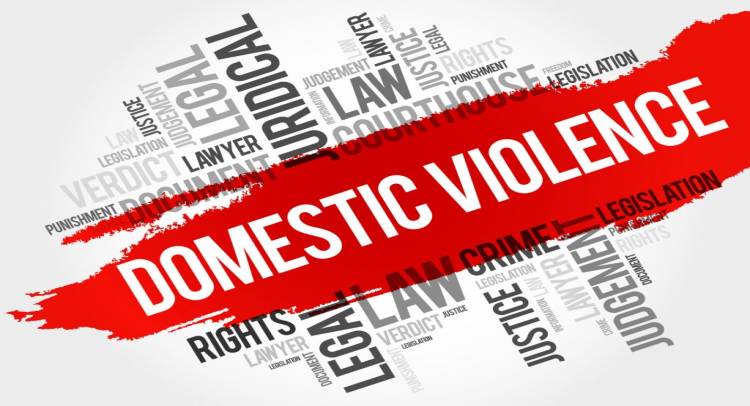The Evolving Jurisprudence on Drunk Driving Under the Motor Vehicles Act
Drunk driving remains one of the most significant causes of road accidents in India, posing a substantial threat to public safety. As a result, the Motor Vehicles Act, of 1988, has been amended several times to impose stricter penalties and create a deterrent effect against drunk driving. This article examines the legal framework surrounding drunk driving under the Motor Vehicles Act, the recent amendments and case laws, and the evolving jurisprudence in India. Legal Framework of Drunk Driving Under the Motor Vehicles Act The Motor Vehicles Act, of 1988, provides the legal foundation for regulating road transport in India, including provisions aimed at preventing drunk driving. Section 185 of the Act specifically addresses the offence of driving under the influence of alcohol or drugs. According to this provision, any person who, while driving or attempting to drive a motor vehicle, has a blood alcohol concentration (BAC) exceeding 30 mg per 100 ml of blood, as detected by a breath analyzer, is deemed guilty of the offence. The penalties for drunk driving were significantly enhanced by the Motor Vehicles (Amendment) Act, 2019. The amended Section 185 now prescribes a fine of up to INR 10,000 and/or imprisonment for a term that may extend to six months for the first offence. For subsequent offences, the fine may go up to INR 15,000, and imprisonment may extend to two years. These stringent penalties reflect the legislature’s intent to curb drunk driving and ensure public safety. Recent Amendments and Their Impact The Motor Vehicles (Amendment) Act, of 2019, introduced several changes to strengthen the provisions related to drunk driving. The amendment increased fines, introduced mandatory minimum penalties, and empowered authorities to suspend or revoke the driving licenses of offenders. Additionally, the amendment mandates that a person convicted of drunk driving should undergo a driving test to prove their competence before their license is reinstated. These changes have made the legal consequences of drunk driving more severe, aiming to reduce road accidents and fatalities. The introduction of technology-driven solutions, such as breath analyzers and digital record-keeping of offences, has also enhanced the enforcement of these laws. Recent Case Laws and Judicial Pronouncements Indian courts have consistently adopted a strict stance on drunk driving, recognizing the severe implications it has on public safety. Several recent judgments illustrate the evolving jurisprudence on this issue: Rajesh Pahwa v. State of NCT of Delhi (2021): In this case, the Delhi High Court upheld the conviction of a driver involved in a fatal accident while driving under the influence of alcohol. The court reiterated that drunk driving is a serious offence that endangers innocent lives and emphasized the need for strict enforcement of laws and penalties to deter such behaviour. Satya Prakash v. State of Rajasthan (2022) In this case, the Rajasthan High Court dismissed an appeal against a drunk driving conviction. The court noted that a high BAC level poses a danger not only to the driver but also to other road users. The court emphasized that penalties under the Motor Vehicles Act are designed to serve as a deterrent and protect public safety. The State of Maharashtra v. Naveen Kumar (2023) In this significant ruling, the Bombay High Court upheld the suspension of a driver’s license for five years for repeated drunk driving offences. The court underscored that while the right to drive is fundamental, it is not absolute and can be curtailed to protect public safety. The court also suggested that habitual offenders should undergo mandatory counselling and rehabilitation to prevent repeat offences. Implications of the Evolving Jurisprudence on Drunk Driving The recent judicial pronouncements demonstrate a shift towards a more stringent approach to drunk driving cases in India. Courts are increasingly treating drunk driving not merely as a violation of traffic rules but as a serious criminal offence that poses a threat to life and property. This shift is evident in the imposition of harsher penalties, longer suspension of driving licences, and recommendations for mandatory counselling and rehabilitation programmes for repeat offenders. Challenges in Enforcement and Implementation Despite the stricter laws and judicial guidelines, several challenges persist in effectively combating drunk driving in India: Lack of Adequate Enforcement Enforcement of drunk driving laws is often inconsistent due to a lack of resources, inadequate training of traffic police, and technological limitations. The reliance on manual breath analyzers, which are often not calibrated regularly, can result in unreliable evidence and lead to acquittals. Corruption and Lack of Transparency Corruption within law enforcement agencies often undermines the effectiveness of drunk driving laws. Offenders frequently escape punishment by bribing officials or exploiting procedural loopholes Public Awareness and Attitude: There is still a lack of awareness among the public about the dangers of drunk driving and the severe penalties that can be imposed. Changing societal attitudes toward drinking and driving remains a challenge, as many individuals do not perceive it as a serious offence. Recommendations for a Safer Future To strengthen the fight against drunk driving, several measures can be taken: Enhanced Use of Technology Implementing digital record-keeping systems for offences, using high-quality breath analyzers, and employing AI-driven traffic monitoring tools can improve the detection and enforcement of drunk driving laws. Public Awareness Campaigns Raising awareness about the dangers of drunk driving through media campaigns, school education programmes, and community outreach can help change public attitudes and reduce incidents. Rehabilitation and Counselling Programmes Courts should continue to mandate rehabilitation and counselling for habitual offenders. Engaging in behavioural change programmes can reduce repeat offences and create safer roads. Conclusion Drunk driving poses a significant risk to public safety and remains a persistent issue in India. The Motor Vehicles Act, strengthened by recent amendments and judicial pronouncements, reflects a robust legal framework aimed at curbing this menace. However, effective enforcement and public awareness are crucial to achieving the desired outcomes. The evolving jurisprudence on drunk driving in India shows a clear trend toward harsher penalties and stronger deterrents, signalling a commitment to protecting lives and …
The Evolving Jurisprudence on Drunk Driving Under the Motor Vehicles Act Read More »







